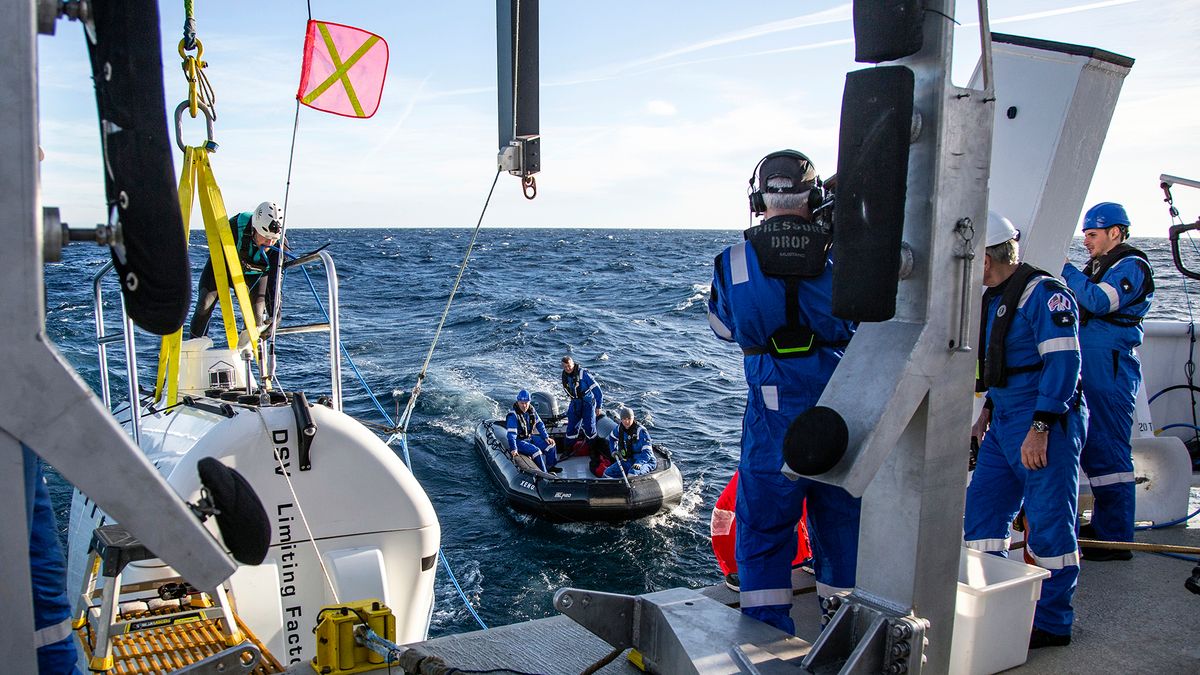Scientists set out to explore the darkest parts of the ocean

A few minutes every morning is all you need.
Stay up to date on the world's Headlines and Human Stories. It's fun, it's factual, it's fluff-free.
The dark ocean or “midnight zone” is considered to be one of the least understood parts of Planet Earth. In fact, the deepest parts of our oceans are home to some of the largest and most bizarre creatures humans have ever seen.
This week, a team of researchers from the United Kingdom are preparing to embark on a mission to take a dive into those waters to study the animals that call it home and to look for signs of climate change.
The study will take place in the Indian Ocean with backing from the governments of the Seychelles and the Maldives, two island nations in the Indian Ocean.
A special submarine built to withstand high underwater pressure, called the Limiting Factor, will dive down thousands of meters below the surface. 96 hours of emergency oxygen and a 3.5-inch titanium compartment will serve to protect scientists from the dangerous effects of deep water conditions.
A new frontier
This isn’t the first time scientists have delved into the deepest parts of the ocean, but due to the extreme conditions in these areas, long-term or continuous studies are impractical. This study is expected to take five weeks. During that time, scientists expect to chart new frontiers.
The mission’s director, Oliver Steeds, said, “What we do know is that beneath 1,000 meters (3,280 feet), there’s no light down there, but a lot of animals … are bioluminescent. It’s life that glows.”
“The area that we’re going to be researching, it’s one of the most bio-diverse parts of the world’s oceans. So what we’re going to find there is unknown,” he added.
Environmental degradation
Oceans make up more than 70% of the Earth’s surface and are home to a dizzying array of life. Humans depend on the oceans not just as a source of food, but also as a crucial element of the natural environment.
Oceans produce some 50% of the air we breathe and act as an important global climate regulator. Heat from the sun gets absorbed by the ocean and is then transferred to the poles, regulating global temperatures and weather patterns.
With the onset of climate-change, however, scientists are warning that the oceans are in peril. Researchers on the deep dive mission are planning to investigate whether the effects of climate change have already reached the most remote corners of our planet.
Last May, when the Limiting Factor went to the bottom of the Mariana Trench, the deepest part of the ocean, its pilot spotted a plastic bag, suggesting humans are impacting even the most remote and deepest parts of the planet.
“So it’s absolutely critical, at this time when we see such large changes occurring, that we get people down there, we get eyes in the ocean and we see what’s happening,” says Dan Laffoley, a marine expert for the International Union for Conservation of Nature.
[article_ad]




Comments ()